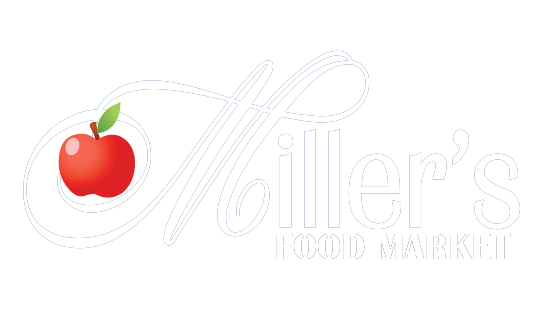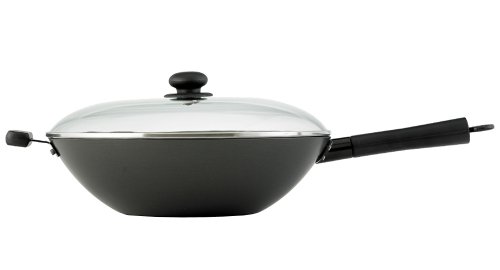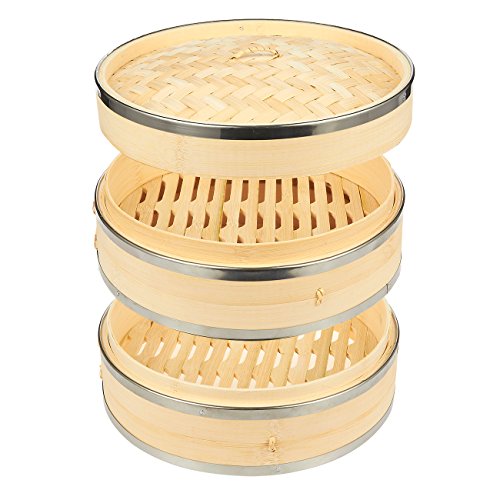There is no need to be intimidated by new-to-you cuisines! Join us as we learn the ins and outs of Vietnamese recipes with cookbook author Andrea Nguyen.
Andrea Nguyen is the kind of person you want to sit down and have a beer with. She immediately puts you at ease, welcomes you to learn, and offers a seat at her table.
This friendly accessibility and willingness to share her vast knowledge of Vietnamese cuisine (and its many tributaries, influences, and influencers) is exactly what has endeared her blog, Viet World Kitchen, and her cookbooks to thousands of people across the globe.
Her most recent book, Vietnamese Food Any Day, was released in 2019. In it she shares recipes for Vietnamese dishes—from the simple to the complex—and pages of insight on ingredients and the ever evolving role of global food in the American marketplace.
I spent some time talking with her via telephone from her California home. Below is an excerpt from our conversation.
- Want a deeper dive into Vietnamese cooking? Andrea’s book, Vietnamese Food Any Day, is our Summer Cookbook Club pick for June! Visit The Simply Shop to order a signed copy. If you want to cook along with us, visit the Simply Recipes IG stories for live cooking demos on Thursdays at 1 p.m. CST.
I came to this country as a refugee. There were so many things that my family and I needed to learn—how to behave, social mores—and I bring that to cooking. I think, “How do I explain this to people so they don’t feel uncomfortable? So they think, ‘Yes, I can do this.’
I also try to communicate food so it has context to it. I’m sensitive to providing that kind of information to people so there is a deeper understanding. Plus, I came here at such a young age, so I straddle American and Vietnamese cultures. I think of my work as bridging different perspectives.
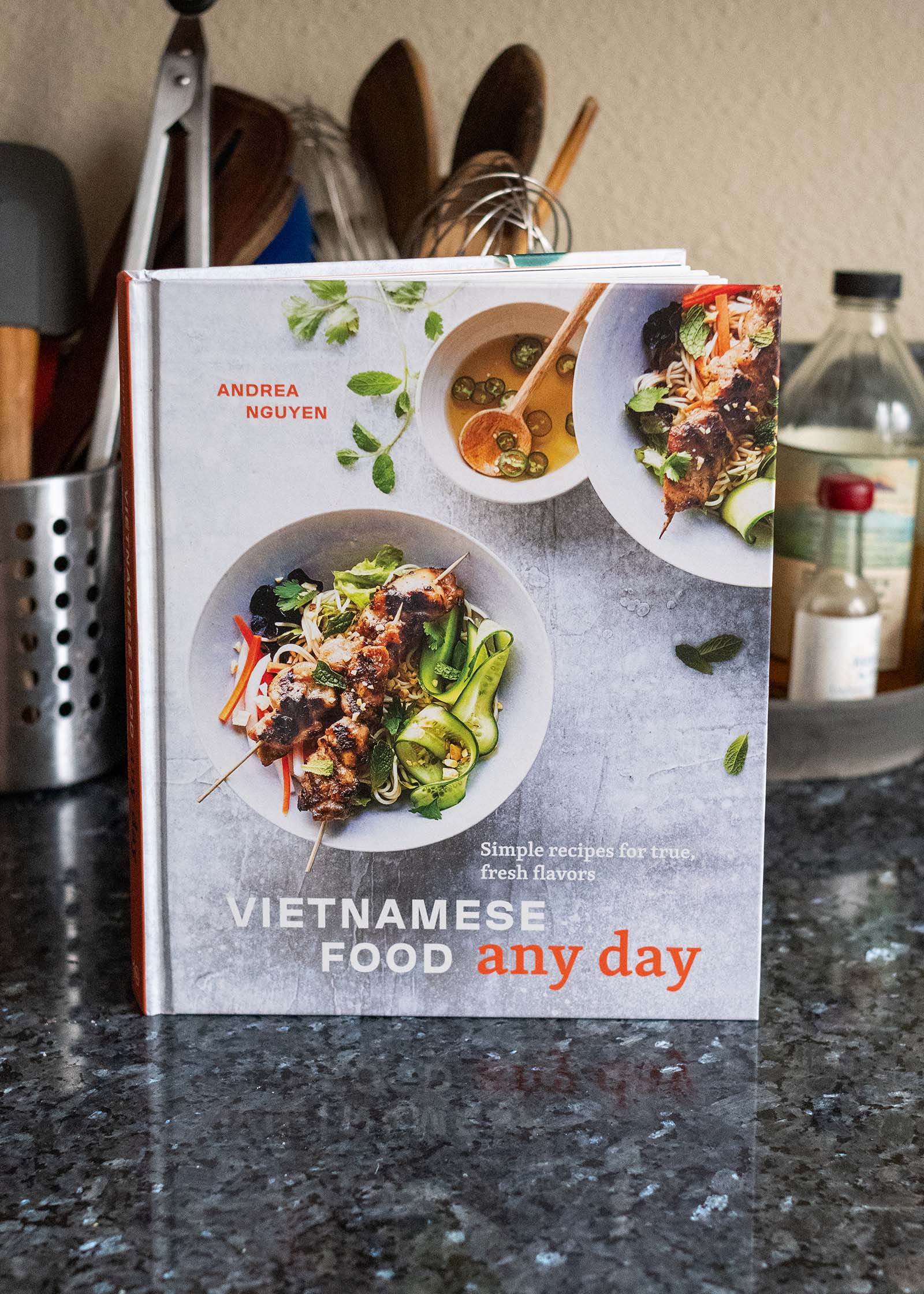

You need to know how to make the dipping sauce Nuoc Cham. If you are beginning, and you want two things to turn almost any dish into a Vietnamese dish, the Nuoc Cham dipping sauce and the Any Day Pickle will do that. If you have those two things down, you can do anything!
You can use Nuoc Cham as a sauce, a dressing, splash it in the pan with noodles. With the pickles, you can have a good old fashioned American BBQ and add that pickle with some dipping sauce on the side, and you’ve got a Vietnamese meal that may not have started out that way. Throw together something simple, add that pickle, and you’re home.
Those are two uniquely Vietnamese recipes people can use to give your food a Vietnamese makeover.
Q: What techniques are important to master?
So many foods are eaten with rice paper or with lettuce and herbs. I feel like those techniques are important for people to master so they are comfortable whether eating at a restaurant or at home.
Rice paper is all about how you work with it and manipulate it. It looks so simple, but whenever I teach a class and I get to the rice paper part, the whole class stops.
The problem is there is a lot of bad information out there about how you dip rice paper in water. You’re not supposed to leave it in there for very long. You can’t soak it in warm water because it ends up unmanageable. You never leave it sitting in water. I can look at a photo from a magazine and can tell that they didn’t know how to work with rice paper. Slide it in; take it out. It should be tight fitting.
The other thing is the herbs and the soft lettuce. No, you don’t have to have Thai basil with that. When I have traveled to Vietnam, they bring whatever herb they bring out. Oh, that’s a local jungle herb. It’s just whatever they found and had a tart flavor that they like, so they incorporate it, and they can eat it raw. Don’t make such a fuss over it.
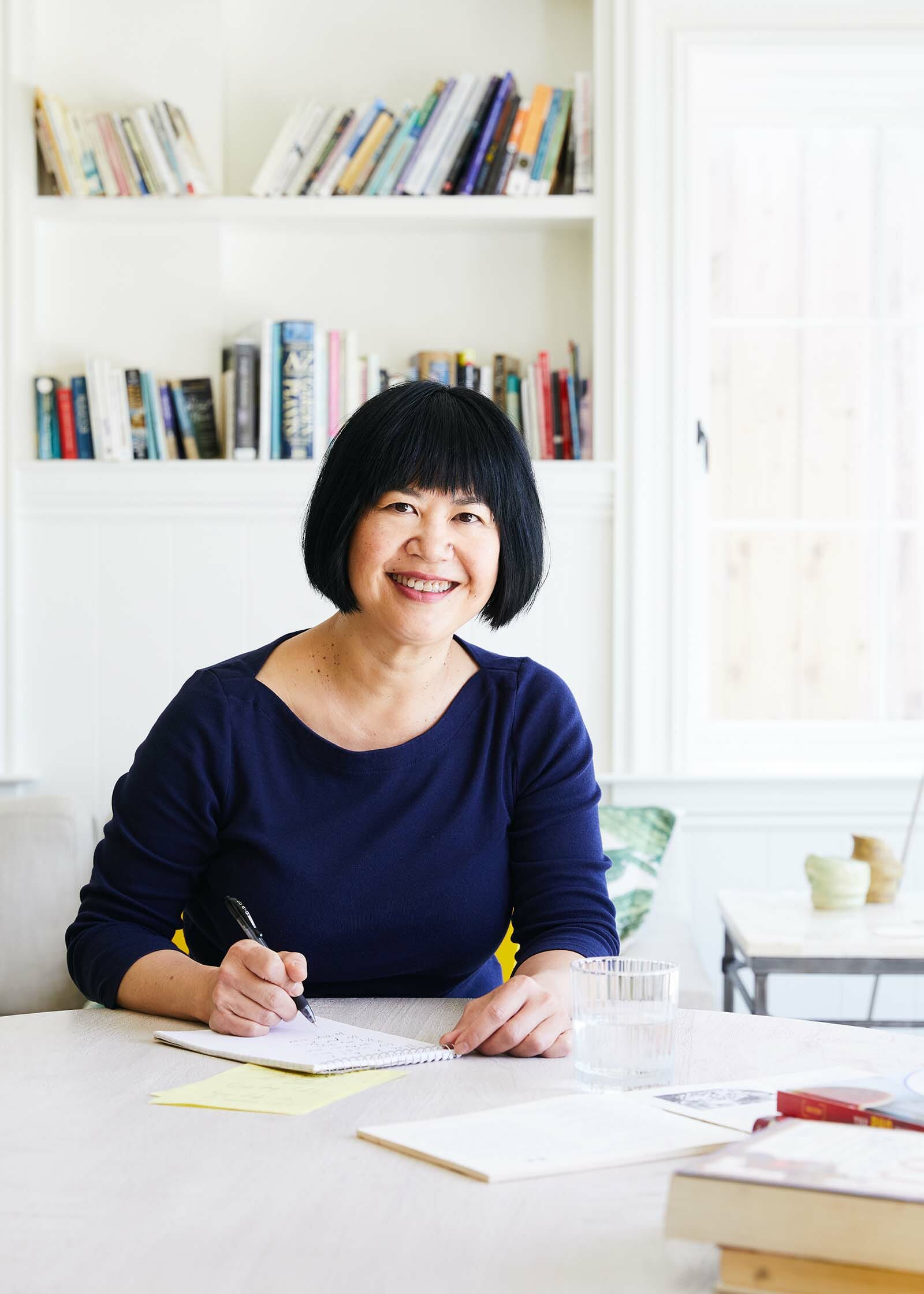

You are composing your own bites every time. In Western eating traditions you sit down to a meal, everything is on your plate, but there isn’t much actual assembly going on for each bite into your mouth.
Whereas Vietnamese dining is very personal, customizable, and social. You create your own adventure and assemble your own bites. We are noshing, drinking, and having conversation. It’s about taking time to eat because you made that food, so you don’t want to just wolf it down.
When I first started dating my husband, and all the herbs are still on their stems, and then I said to him you have to take the leaves off the stems. You just gotta experiment and know how to manipulate this stuff.
It’s a double-edged sword. On the one hand, there are people who are attracted to the unfamiliar exotic quality. Maybe you want to exploit that and create a book with cultural motifs that are like, “Let’s escape to another country.” But then there are people like me, and I want them to make that food and make it a part of their lives. And if it’s exotic, it will remain a long weekend project.
There is this notion that to make Asian food or any ethnic cuisine authentic, you have to shop at specialized stores. Even though I support those stores, I think that still keeps people from feeling like they can incorporate it into their own lives.
My thought is, so long as you think it’s a laborious task to make this food it paints a backward notion of that cuisine. Authenticity—sometimes it’s good to pound things in a mortar and pestle — but all food cultures evolve.
I was in Vietnam five or six years ago, going to this outdoor market where my family used to live. I saw this woman, standing over a pile of chopped lemongrass and chilies and shallots. I said, “Excuse me, but do you hand chop this every day for all of your customers?” She looked at me laughed and said, “Are you kidding? I have a machine!
We are living in a very interesting time right now. What is mainstream is not as diluted as it used to be even 10 years ago, because there are more voices in the food world.
I don’t mean just food media. I mean people on yelp, people on social media. There is a generation and mindset of people who want to have these big, bold flavors, so they are going to tweak things. Mainstream to me doesn’t mean whitewash.
I hope I contribute to this conversation. This is how this dish is traditionally made, and these are the parameters for making it. Now that you know that, you can make it your own. Vietnamese food is the ultimate “have it your way” cuisine. That level of inventiveness pushes the evolution of Viet cuisine, and when it’s shared with other people, then that expands its reach.
Products We Love
This post may contain links to Amazon or other partners; your purchases via these links can benefit Simply Recipes. Read more about our affiliate linking policy.

